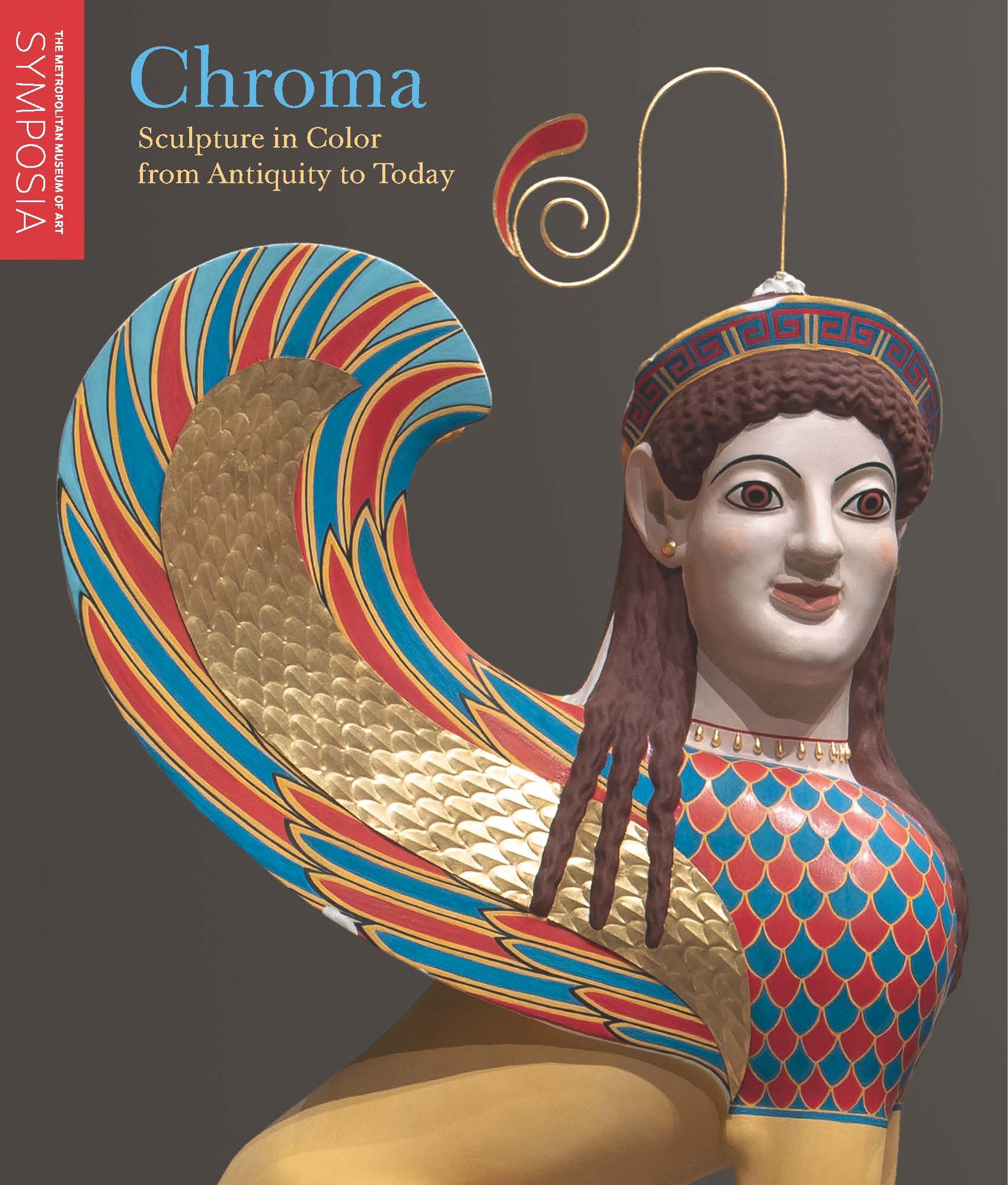Battle of the Sea Gods (right portion of frieze)
An artist who was profoundly interested in the world of classical antiquity, Mantegna was also one of the first Italian painters to use engraving as a medium for his original designs. In this engraving, the right half of a two-part frieze, the artist's point of departure is
a sarcophagus like the one etched by Mercati at left. From such a source, Mantegna took the sea centaurs with Nereids on their backs and the Triton blowing his horn. Yet Mantegna added to the mix the violence of ancient battle sarcophagi and the muscular physique of the famous Horse Tamer statues on the Quirinal Hill in Rome to create a work of great originality and power. Among the many artists who admired this engraving was Albrecht Dürer, who in 1494 produced a drawing of this print that was one of the starting points for his marvelous Sea Monster.
a sarcophagus like the one etched by Mercati at left. From such a source, Mantegna took the sea centaurs with Nereids on their backs and the Triton blowing his horn. Yet Mantegna added to the mix the violence of ancient battle sarcophagi and the muscular physique of the famous Horse Tamer statues on the Quirinal Hill in Rome to create a work of great originality and power. Among the many artists who admired this engraving was Albrecht Dürer, who in 1494 produced a drawing of this print that was one of the starting points for his marvelous Sea Monster.
Artwork Details
- Title: Battle of the Sea Gods (right portion of frieze)
- Artist: Andrea Mantegna (Italian, Isola di Carturo 1430/31–1506 Mantua)
- Date: before 1481
- Medium: Engraving
- Dimensions: sheet: 11 1/4 x 14 3/4 in. (28.6 x 37.5 cm)
- Classification: Prints
- Credit Line: George Khuner Collection, Bequest of Marianne Khuner, 1984
- Object Number: 1984.1201.4
- Curatorial Department: Drawings and Prints
More Artwork
Research Resources
The Met provides unparalleled resources for research and welcomes an international community of students and scholars. The Met's Open Access API is where creators and researchers can connect to the The Met collection. Open Access data and public domain images are available for unrestricted commercial and noncommercial use without permission or fee.
To request images under copyright and other restrictions, please use this Image Request form.
Feedback
We continue to research and examine historical and cultural context for objects in The Met collection. If you have comments or questions about this object record, please contact us using the form below. The Museum looks forward to receiving your comments.
